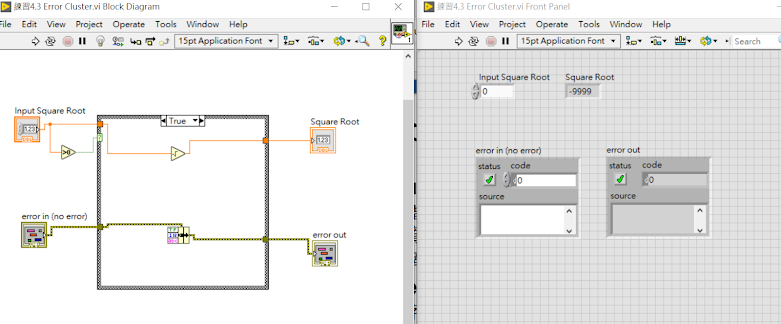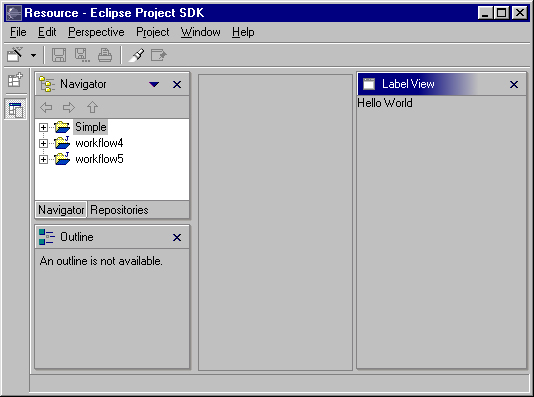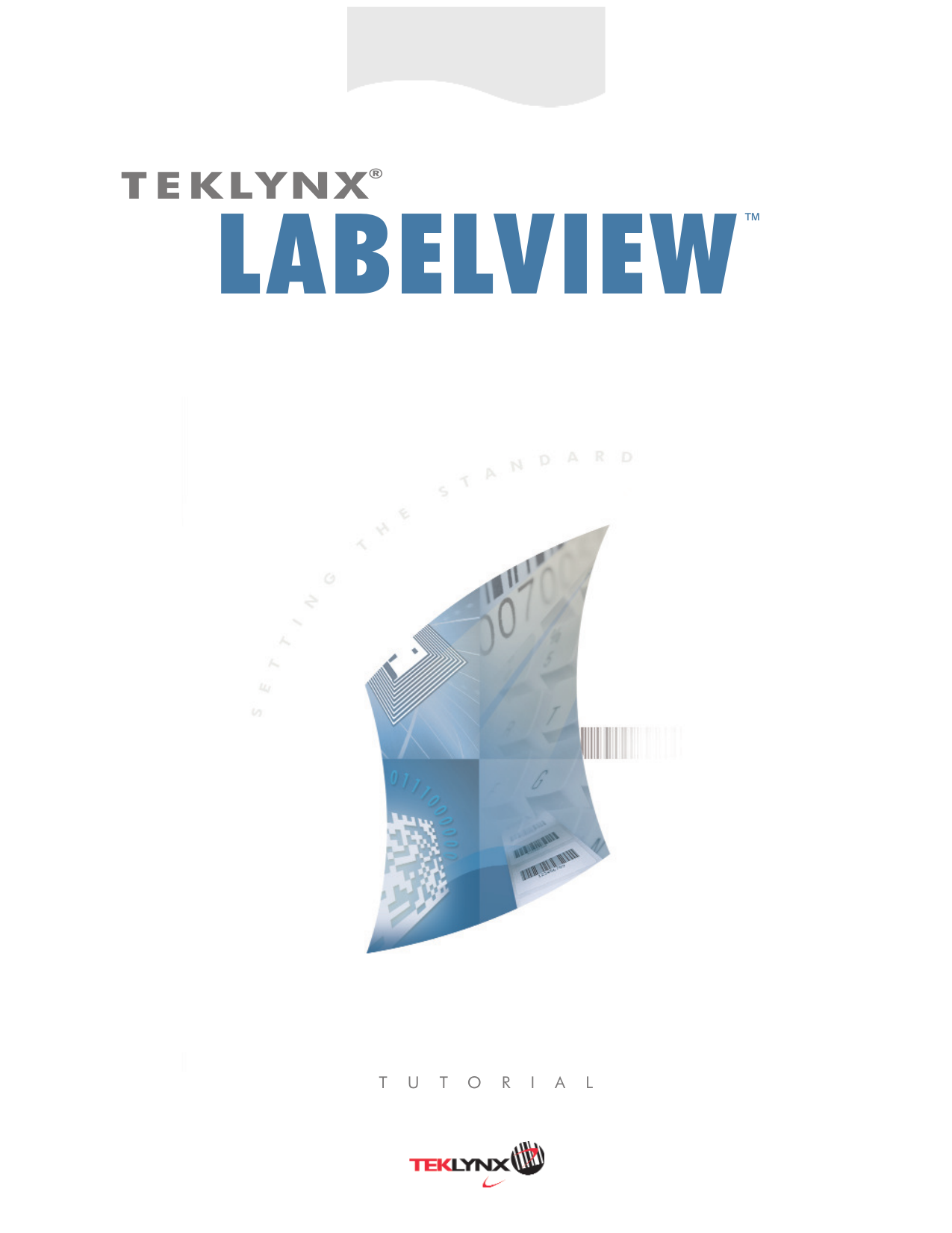

Note the different options: Sum, Average, etc. In the Fields area, click the arrow next to the UnitPrice field. Click the blank canvas and then select the UnitPrice and Sum of UnitPrice fields. The Sum or UnitPrice field has a little calculator symbol. The UnitPrice field has a Sigma (Σ) symbol next to it. Note the different icons next to the fields. This creates a calculated field that calculates the average of the unit price of a product, based on the context of the calculation – the location of the field in a visualization.Įxpand the FactSales table in the Field List. On the Home tab, click the arrow next to AutoSum > Average. Create default aggregates In the Power Pivot windowĬlick the box under the UnitPrice column in the Calculation Area. Read more about why you configure table behavior properties for Power View reports. On the Design tab, click the arrow under Card Style and click Callout. You can change the way the other text is displayed in the next step. For example, the field we set as the default label, Product Name, is displayed more prominently than the text in the other fields. Note that the cards contain the same fields as the table, but they’re laid out differently. On the Design tab, click the arrow under Table and click Card. Select the table you created with the default fields in the previous section. Note that in the Field list and the Fields box, Product name has a little card-like icon next to it. Go back to the Power View sheet in Excel and refresh the data. There are no images in this data, so you can’t set a default image. If you set one of the hidden fields as the default label, it still won’t appear in client tools.įor Keep Unique Rows, select ProductName. Note: The dialog box lists all the fields in the table, including ProductKey, which you marked to hide from client tools. If you don’t set a row identifier, you can’t set any of the other values in this dialog box. Go back to the Power Pivot window and the DimProduct table tab. Set table behavior In the Power Pivot window Power View adds a table with those four fields. Click OK.įor the rest of this tutorial, every time you change the Data Model in Power Pivot, you need to refresh the data in the Power View sheets.Ĭlick the blank sheet (not selecting the map you added in the other tutorial) and click the DimProduct table name. You see a message that the Power View report needs fresh data. Go back to the Power View sheet in Excel. If you add one of the hidden fields to the default field set, it still won’t appear in client tools. The dialog box lists all the fields in the table, even the ones you have marked to hide from client tools. The default fields are the ones added to a Power View sheet when you click the table name rather than expanding the table and selecting specific fields. If you don’t see the Power Pivot tab, see Start Power Pivot in Excel 2013 add-in for instructions.

In Excel, on Power Pivot > Manage to open the Power Pivot window. Open the workbook you created in Tutorial: Import Data into Excel, and Create a Data Model.

Now you can enhance the Data Model so it can be the basis of sophisticated Power View reports.

You created a Data Model in Tutorial: Import Data into Excel, and Create a Data Model, bringing together data in multiple tables and from different data sources. You can also easily Import Excel workbooks into Power BI Desktop.
Labelview tutorial download#
As an alternative, you can use the interactive visual experience provided by Power BI Desktop, which you can download for free. Important: In Excel for Microsoft 365 and Excel 2021, Power View is removed on October 12, 2021.


 0 kommentar(er)
0 kommentar(er)
